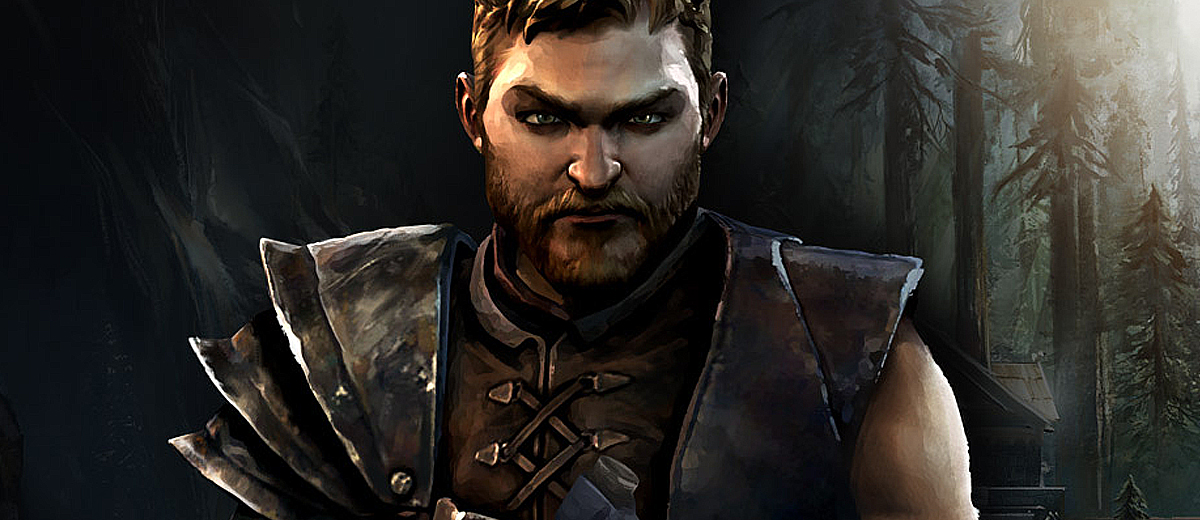 Note: Due to the technical differences between the different versions of this title, the technical aspects of this review may not be applicable to each version of the game. This episode may contain spoilers for the previous episodes. Read on at your own discretion.
Note: Due to the technical differences between the different versions of this title, the technical aspects of this review may not be applicable to each version of the game. This episode may contain spoilers for the previous episodes. Read on at your own discretion.
 The story of The Lost Lords begins shortly after the events of Iron From Ice, but immediately throw players into the fray by introducing yet another set of characters. Asher Forrester and Beshka, his travel companion are bounty hunters, and are off to their business in the city of Essos, which should certainly be familiar to viewers of the show and readers of the books. Safe to say, Game of Thrones wouldn’t be Game of Thrones if everything goes smoothly in the opening moments of a story, and The Lost Lords basically crashes into the middle of this narrative, rather than spending the proper time to introduce the characters, unlike the excellent introductions we got in Iron From Ice. This isn’t necessarily due to character development, but more due to the seemingly short sequences, which spend some less time to showcase exposition.
The story of The Lost Lords begins shortly after the events of Iron From Ice, but immediately throw players into the fray by introducing yet another set of characters. Asher Forrester and Beshka, his travel companion are bounty hunters, and are off to their business in the city of Essos, which should certainly be familiar to viewers of the show and readers of the books. Safe to say, Game of Thrones wouldn’t be Game of Thrones if everything goes smoothly in the opening moments of a story, and The Lost Lords basically crashes into the middle of this narrative, rather than spending the proper time to introduce the characters, unlike the excellent introductions we got in Iron From Ice. This isn’t necessarily due to character development, but more due to the seemingly short sequences, which spend some less time to showcase exposition.
Asher’s storyline reoccurs multiple throughout the episode, but the lengths of these sequences make it a little harder to fully engage in the stakes that are teased in this seemingly-brief introduction, which felt like it implied that we’ll be spending a bit more time with Asher in the coming episodes, in a similar fashion like the show where the story priorities are divided differently per episode.
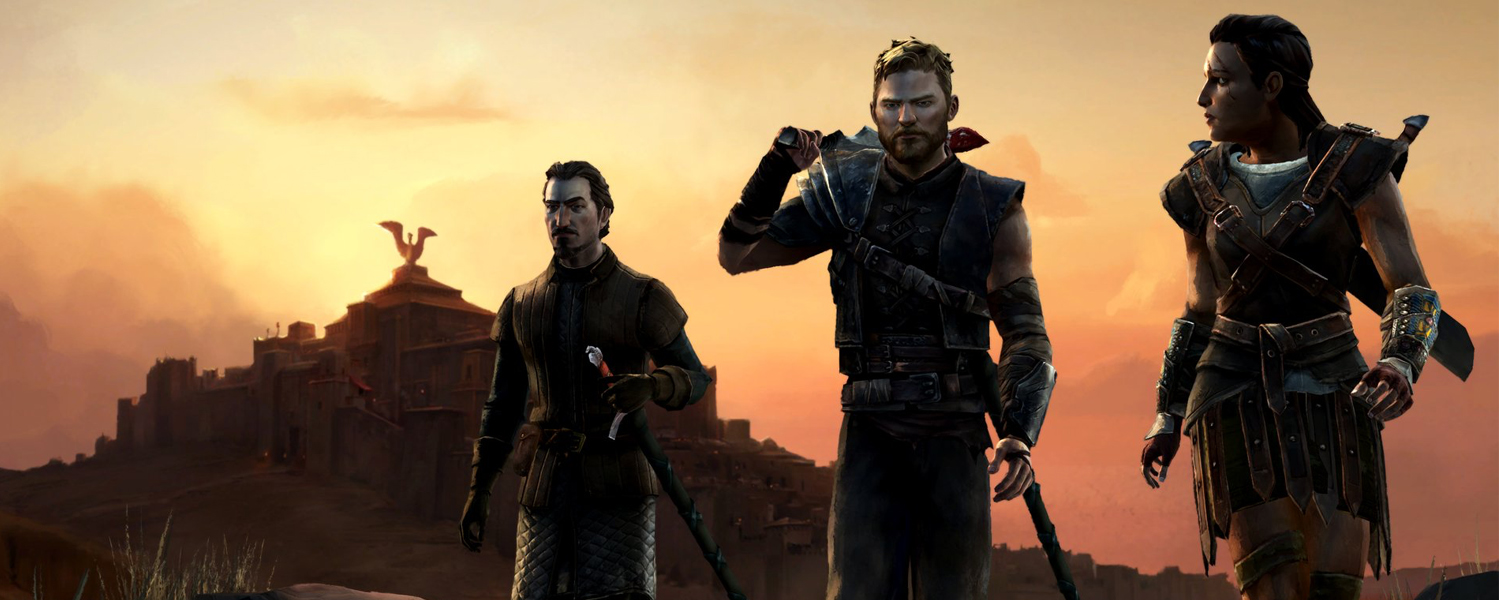 Once the opening credits of the game have initiated, the episode takes its pacing on a more familiar speed, and returns to the house Forrester, which is in peril after the shocking events took place during the finale of Iron From Ice. Rodrik, who has seemingly survived the aftermath of the ambush in the previous episode arrives heavily wounded at the gates of the castle of Iron Rath, but soon discovers that the peril he has come home to may be the end of him and his house.
Once the opening credits of the game have initiated, the episode takes its pacing on a more familiar speed, and returns to the house Forrester, which is in peril after the shocking events took place during the finale of Iron From Ice. Rodrik, who has seemingly survived the aftermath of the ambush in the previous episode arrives heavily wounded at the gates of the castle of Iron Rath, but soon discovers that the peril he has come home to may be the end of him and his house.
Forced to take over the position of Lord, Rodrik is set to face some of the hardest challenges of his life, forcing a broken man to become whole to defend his people. Rodrik’s storyline is effectively the most emotional bit of The Lost Lords, and the connections with the previous episode and the decisions you’ll be faced throughout make it the most engaging aspect of Game of Thrones so far.
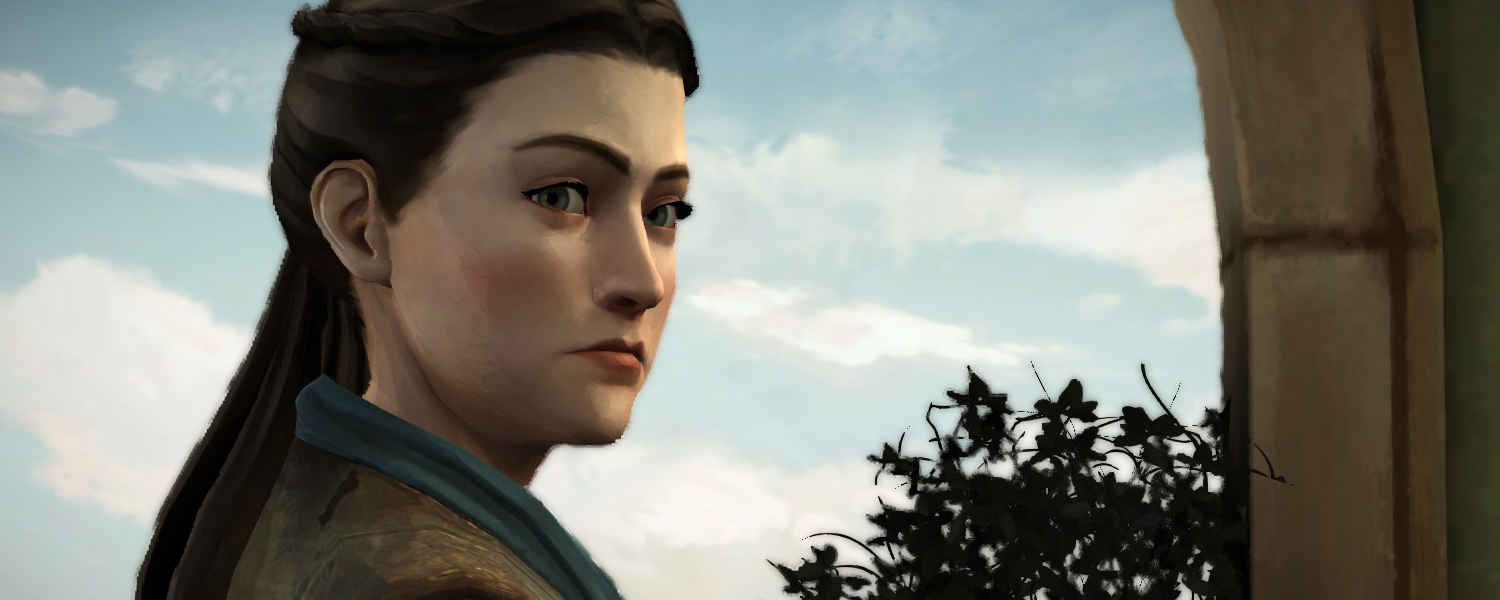 Mira’s tale in King’s Landing has taken its toll as well, and the secrecy and repercussions of her decisions may be causing her house of cards to crumble at its foundations, creating a critical situation in which choosing the right allies will be vital to her survival. The core of her storyline may seem small at first, but once you get into the decisions you’ll be faced with as her combined with some of the other storylines, it all seems to be clear that every character in the universe has an effect on the other in their own way.
Mira’s tale in King’s Landing has taken its toll as well, and the secrecy and repercussions of her decisions may be causing her house of cards to crumble at its foundations, creating a critical situation in which choosing the right allies will be vital to her survival. The core of her storyline may seem small at first, but once you get into the decisions you’ll be faced with as her combined with some of the other storylines, it all seems to be clear that every character in the universe has an effect on the other in their own way.
Last but not least comes the continued story of Garred Tuttle, who’s actions have resulted in his voluntary exile to the cold shadow of The Wall to join the Night’s Watch. This storyline is seemingly a bit more isolated than the rest of the episode, but it isn’t any less engaging in any way. These sequences aren’t exactly prolonged, but they take as much time as they need to. These are undoubtedly the more light-hearted portions of the episode, but they are a nice breathing moments in-between the more intense decision-making of the rest of the episode. Garred’s interactions with John Snow in particular are pretty engaging.
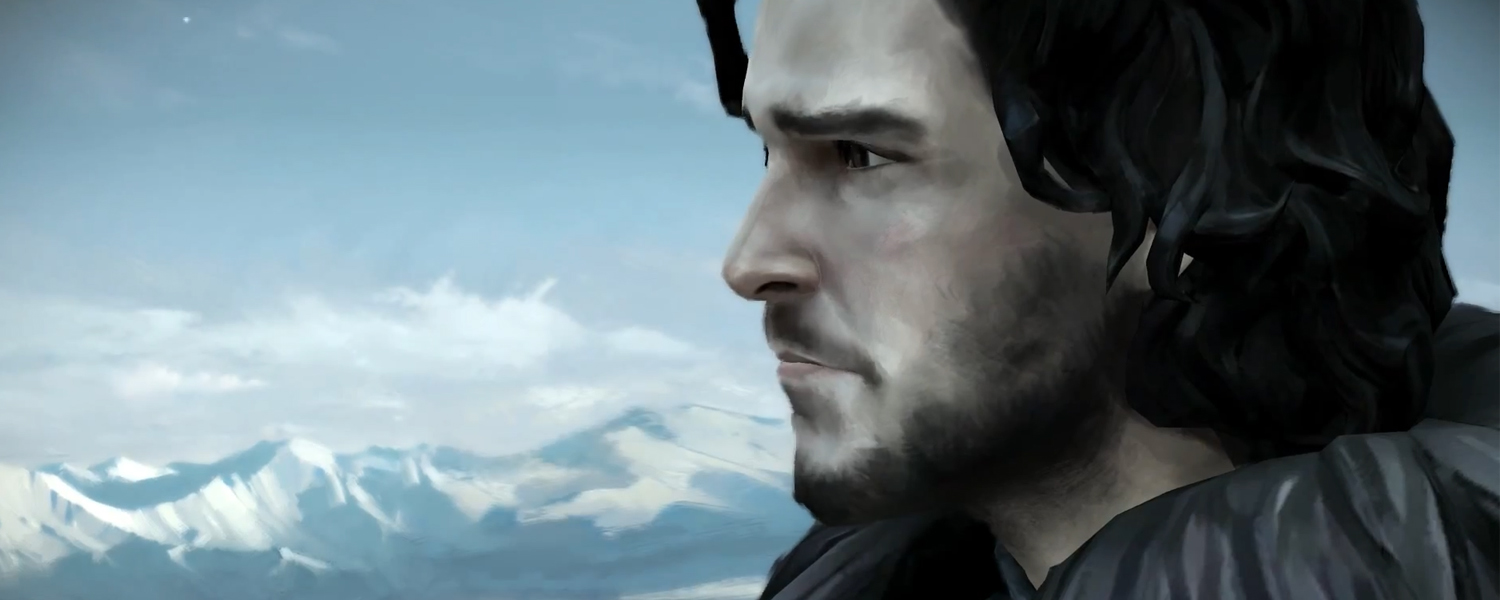
The pacing of The Lost Lords seems a bit less-balanced than the previous episode, but it never falls into the territory of being extremely rushed. The Asher sequences are the only portions of the game which could technically be called rushed, as they seem to be more of a tease for a future episode. That being said, it doesn’t fall into extremely rushed territory, but it’s a notable development none the less.
Overall the pacing doesn’t seem to match the first episode, but the impact of the story seems to be quite effective either way. That being said, a serious bug in the game did seem to have wiped my decisions from the first episode off the title, creating a different dynamic that was a little less to my liking.
 In my review for the first episode I noted that the game used an effective combination of Telltale’s classic graphical style, along with a water-painting-like filter, which created some visually impressive results. My view on this visual style changed quite a bit during my playthrough of The Lost Lords, as the filter takes quite a toll on certain sequences. Especially the gardens of King’s Landing took a visual hit as the filter drained the background of clarity, which seemed like it should’ve been toned down for certain areas, and applied in a different manner in order to maintain visual fidelity throughout these sequences.
In my review for the first episode I noted that the game used an effective combination of Telltale’s classic graphical style, along with a water-painting-like filter, which created some visually impressive results. My view on this visual style changed quite a bit during my playthrough of The Lost Lords, as the filter takes quite a toll on certain sequences. Especially the gardens of King’s Landing took a visual hit as the filter drained the background of clarity, which seemed like it should’ve been toned down for certain areas, and applied in a different manner in order to maintain visual fidelity throughout these sequences.
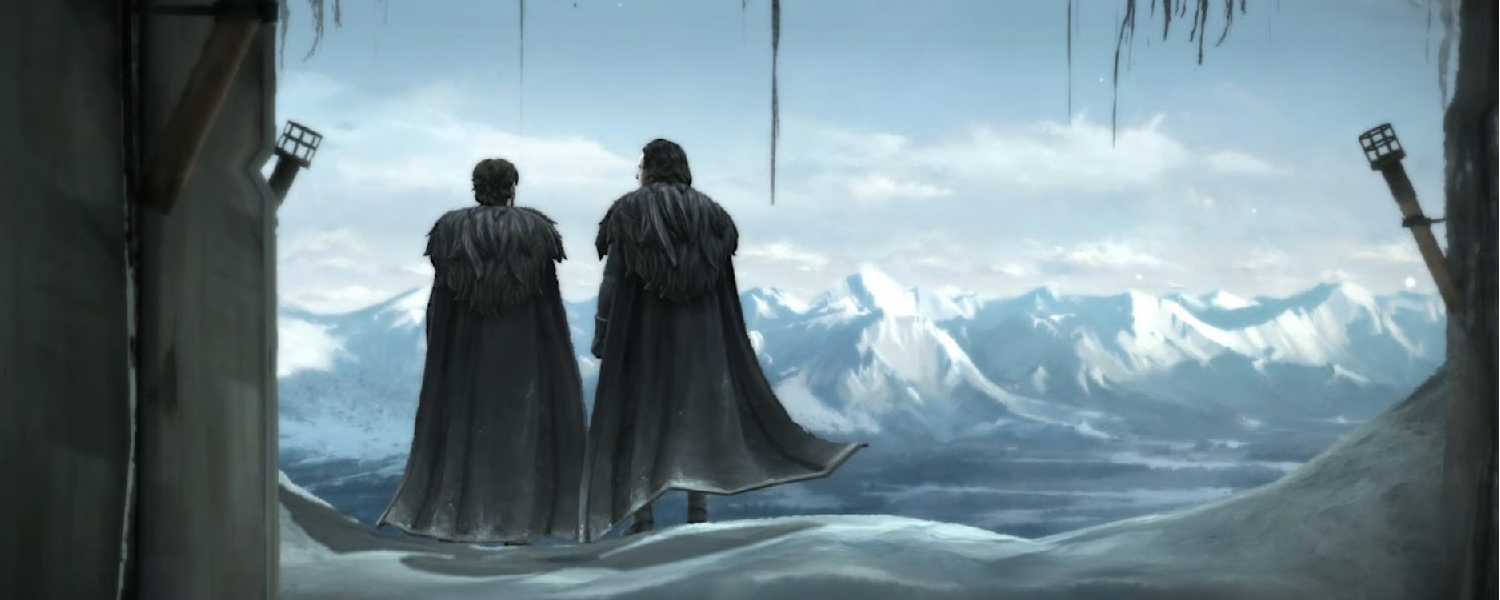 This doesn’t stop the game from showcasing some visually impressive moments, with the most noteworthy being Garred and John’s moment on top of The Wall, with the visual design of the scene adding a ton of depth to the story going on. The game does remain consistent when it comes to visuals, aside from the drawback I noted in the previous paragraph, which is something Telltale Games may have to look into for future episodes.
This doesn’t stop the game from showcasing some visually impressive moments, with the most noteworthy being Garred and John’s moment on top of The Wall, with the visual design of the scene adding a ton of depth to the story going on. The game does remain consistent when it comes to visuals, aside from the drawback I noted in the previous paragraph, which is something Telltale Games may have to look into for future episodes.
 From a gameplay perspective this second chapter of the season seems to be pretty much consistent with the first episode. The most noteworthy changes however are the refined combat sequences, which seem to be one-up the previous episode in every way. These sequences are much more precise and accessible on a technical level than their predecessors, and this was certainly needed as the episode does seem to have these moments pop up a little more often.
From a gameplay perspective this second chapter of the season seems to be pretty much consistent with the first episode. The most noteworthy changes however are the refined combat sequences, which seem to be one-up the previous episode in every way. These sequences are much more precise and accessible on a technical level than their predecessors, and this was certainly needed as the episode does seem to have these moments pop up a little more often.
The game does spend a little less time exploring areas, as the episode is much more focussed on dialogue and combat this time around, but this wasn’t exactly jarring as the plot structure pretty much required this from the get-go. Whilst I didn’t time my playthrough, it did seem to run a bit shorter than its predecessor, but this could also be due to the pacing.


